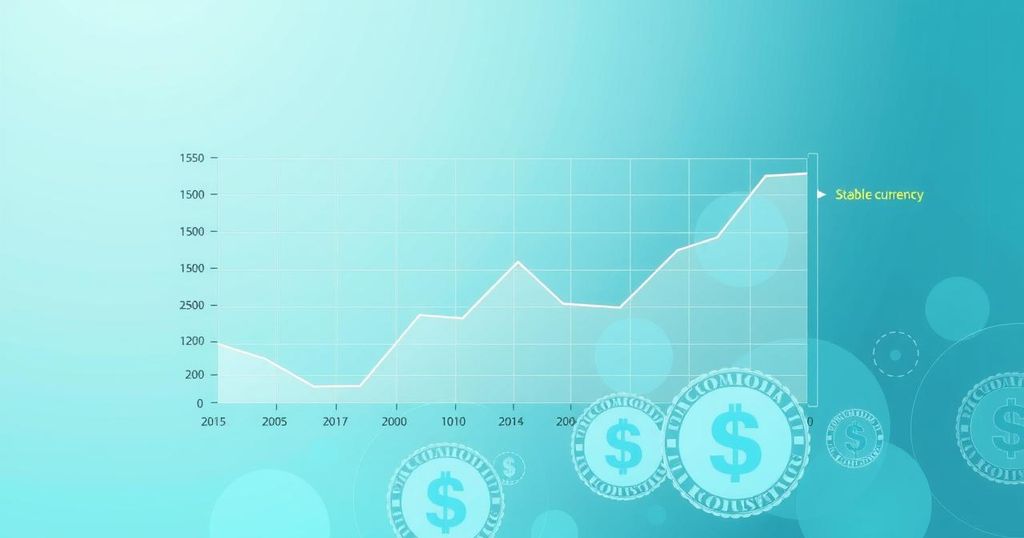economics
AFRICA, ALGERIA, CENTER SQUARE, COM, DAN, DAN MCCALEB, DMCCALEB, DONALD TRUMP, ECONOMICS, EUROPE, EUROPEAN COMMISSION, EUROPEAN UNION, MOLDOVA, NORTH AMERICA, SQUARE, TARIFFS, THECENTERSQUARE, THERESE BOUDREAUX, TRADE, TRUMP, U. S, U. S. DEPARTMENT OF TREASURY, UNITED STATES, WASHINGTON
Jamal Walker
0 Comments
Trump to Impose 30% Tariff on EU, Mexico Beginning August 1
- Trump’s new tariffs of 30% on EU and Mexico take effect August 1.
- Trade deficits with the EU prompted the necessity for these tariffs.
- Trump acknowledges Mexico’s role in curbing drug trafficking but demands more action.
- Additional tariffs on countries like the Philippines and Brazil have also been announced.
- The EU is considering retaliatory tariffs against the U.S. in response to Trump’s measures.
Trump Announces New Tariff Implementation Date
President Donald Trump has announced that starting August 1, there will be a 30% tariff imposed on imported goods from both the European Union (EU) and Mexico. This decision, characterized as part of ongoing efforts to balance trade, was publicly communicated on Saturday. The move is particularly bold, with trade officials bracing for repercussions, especially given that these tariffs are higher than what many had predicted. Unfolding right after the U.S. Department of Treasury’s report showing a $27 billion August revenue surge from tariffs, this announcement signals Trump’s desire for a more favorable trade balance for the United States.
Details of Future U.S. Tariffs and Reactions
In a letter addressed to the EU leadership that Trump shared on his Truth Social platform, he expressed dissatisfaction with what he described as a long history of trade deficits. He emphasized the need to change the current trade dynamics, pointing out the barriers and policies that have created asymmetrical trade relations. Meanwhile, in his communication with Mexican officials, he acknowledged their effort to curb illegal immigration and drug trafficking; however, he emphasized that more needed to be done to secure the North American trading zone. At this juncture, the EU’s trade ministers have planned a meeting on Monday, and there is speculation around the possibility of retaliatory tariffs on American goods if tensions escalate.
Broader Context of Tariffs and Economic Policies
This week, Trump had already laid the groundwork for other tariffs against a range of countries. Among the highlights, he proposed a 20% tariff on imports from the Philippines, and even steeper tariffs of 25% on Brunei and Moldova. Moreover, countries like Algeria, Iraq, and Libya face a 30% surcharge, while Brazil is set to witness a hefty 50% tariff. All of these adjustments are earmarked for the August 1 implementation. As markets react to these announcements, the administration’s aim for a trade environment that favors U.S. economic interests remains clear, igniting debates on how this will affect overall trade relationships moving forward.
In summary, President Trump’s decision to impose a 30% tariff on goods from the EU and Mexico is part of a larger strategy to recalibrate America’s trade equations. The proposed tariffs reflect dissatisfaction with existing trade balances and could prompt retaliatory measures from affected countries. As the administration implements these tariffs on August 1, the broader implications for international trade relationships and domestic economic impacts will require close observation.




Post Comment